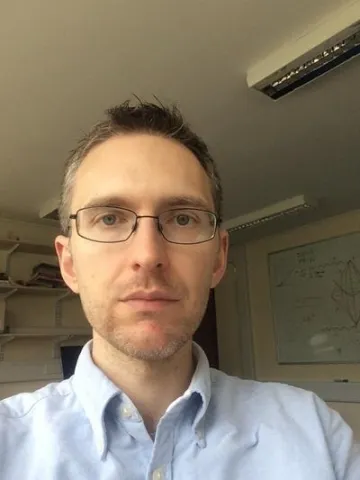Project overview
After the landmark detection of gravitational waves in 2015, we have entered a new era in gravitational physics. For the first time, we can observe dynamics in strong gravitational fields and thoroughly test Einstein's theory of general relativity. Through observation of compact binaries in particular, we can explore the two-body problem in its most relativistic regime, while also probing the nature of the black holes and neutron stars that form these binaries.
However, gravitational-wave science requires accurate theoretical models to allow us to detect and interpret gravitational waves in a detector's data stream. This project focuses on modelling one particularly extreme example of compact binaries: extreme-mass-ratio inspirals (EMRIs), in which a stellar-mass object orbits a supermassive black hole. EMRIs promise unparalleled scientific rewards, and they will be key targets for the space-based detector LISA. However, they cannot be accurately modelled by common methods. Instead, they are modelled using a method called "self-force theory", in which the smaller object generates a small gravitational perturbation that reacts back on it to produce a "self-force".
Dauntingly, an accurate EMRI model requires going to second perturbative order in this theory, as well as accounting for resonances, finite-size effects, and the large black hole's spin. My research programme aims to overcome these challenges and to design and implement the first EMRI model sufficiently accurate for gravitational-wave astronomy.
However, gravitational-wave science requires accurate theoretical models to allow us to detect and interpret gravitational waves in a detector's data stream. This project focuses on modelling one particularly extreme example of compact binaries: extreme-mass-ratio inspirals (EMRIs), in which a stellar-mass object orbits a supermassive black hole. EMRIs promise unparalleled scientific rewards, and they will be key targets for the space-based detector LISA. However, they cannot be accurately modelled by common methods. Instead, they are modelled using a method called "self-force theory", in which the smaller object generates a small gravitational perturbation that reacts back on it to produce a "self-force".
Dauntingly, an accurate EMRI model requires going to second perturbative order in this theory, as well as accounting for resonances, finite-size effects, and the large black hole's spin. My research programme aims to overcome these challenges and to design and implement the first EMRI model sufficiently accurate for gravitational-wave astronomy.

